Introduction
In the vast realm of culinary herbs and vegetables, few plants capture the imagination and curiosity like Yanghe (also known as Chinese ginger lily or Zingiber striolatum). Native to the mountainous regions of southern China, Yanghe is a unique perennial plant belonging to the ginger family, Zingiberaceae. Its distinct appearance, with tall, elegant stalks adorned with vibrant purple flowers, contrasts sharply with its edible parts, which offer a delightful blend of flavors and textures. This article delves into the edible portions of Yanghe, exploring their nutritional value, culinary uses, and cultural significance. By the end, you’ll have a comprehensive understanding of why Yanghe is more than just an ornamental plant; it’s a culinary treasure trove.
The Edible Parts of Yanghe
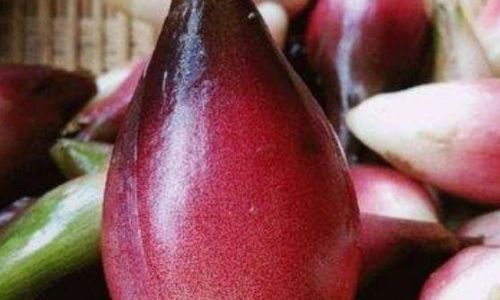
Yanghe boasts several edible components, each contributing its unique flavor and texture to dishes. The primary edible parts include the rhizomes (underground stems), young shoots, and flowers. Let’s examine each in detail.
Rhizomes: The Heart of Yanghe
The rhizomes of Yanghe are perhaps its most celebrated edible part. These underground stems, similar to ginger in appearance but with a subtler aroma, are harvested in the autumn after the plant has finished flowering. The rhizomes are rich in essential oils, fiber, vitamins, and minerals, making them a nutritious addition to any diet.
Nutritional Benefits:
- Antioxidants: Rich in phenolic compounds, Yanghe rhizomes exhibit strong antioxidant properties, helping to combat oxidative stress and inflammation.
- Digestive Aid: The volatile oils present in Yanghe rhizomes stimulate digestion, aiding in the relief of gastrointestinal discomfort.
- Anti-inflammatory Effects: Preliminary studies suggest that compounds in Yanghe may have anti-inflammatory effects, beneficial for reducing inflammation-related conditions.
Culinary Uses:
- Pickling: Yanghe rhizomes are often pickled in vinegar or brine, enhancing their flavor and creating a tangy, refreshing side dish.
- Stir-fries: Sliced thinly, they can be added to stir-fries for a subtle ginger-like taste without overpowering the dish.
- Soups and Stews: Their aromatic qualities make them perfect for simmering in soups and stews, adding depth and complexity to the broth.
Young Shoots: A Springtime Delicacy

In the early spring, as Yanghe emerges from dormancy, its tender young shoots are a prized delicacy. These shoots, often referred to as spring tips, are harvested before they fully unfurl, ensuring maximum freshness and tenderness.
Nutritional Benefits:
- High in Vitamins: Rich in vitamins A, C, and K, young Yanghe shoots contribute to immune health, skin health, and blood coagulation.
- Low in Calories: Perfect for those watching their weight, these shoots are low in calories but high in dietary fiber, aiding in digestion and weight management.
- Minerals: They contain essential minerals like potassium, magnesium, and iron, supporting heart health and energy production.
Culinary Uses:
- Salads: The delicate texture and mild flavor of young Yanghe shoots make them ideal for raw consumption in salads.
- Stir-fries: Quick-cooking methods like stir-frying preserve their crispiness and fresh flavor.
- Tempura: Coated in a light batter and fried, Yanghe shoots transform into a crispy, golden-brown treat that pairs well with dipping sauces.
Flowers: A Flavorful Garnish
The flowers of Yanghe, which bloom in late summer to early autumn, are not only visually stunning but also edible. The petals have a faint floral aroma and a slightly sweet taste, making them an excellent garnish or ingredient in light dishes.
Nutritional Benefits:

- Bioactive Compounds: The flowers contain flavonoids and other bioactive compounds that may contribute to antioxidant and anti-inflammatory benefits.
- Low in Calories: Like the shoots, Yanghe flowers are low in calories, making them a guilt-free addition to meals.
- Vitamins and Minerals: They provide a small but significant amount of vitamins and minerals, including vitamins C and B-complex vitamins, which are crucial for energy production and nervous system function.
Culinary Uses:
- Garnishes: The vibrant purple-red petals add a pop of color and a subtle floral flavor to salads, desserts, and drinks.
- Infusions: Yanghe flowers can be used to make herbal teas or infused oils, capturing their delicate aroma and flavor.
- Candied Flowers: Coated in sugar and baked, they create a beautiful and edible decoration for cakes, pastries, and other desserts.
Cultural Significance and Traditional Uses
Beyond its culinary applications, Yanghe holds significant cultural and medicinal value in traditional Chinese medicine (TCM). In TCM, Yanghe rhizomes are believed to have warming properties, aiding in digestion, alleviating cold symptoms, and promoting circulation. They are often used in herbal formulas to treat conditions such as indigestion, colds, and menstrual discomfort.
Moreover, Yanghe’s elegant appearance and resilience make it a symbol of purity and strength in Chinese culture. It is often planted in gardens as an ornamental plant, symbolizing the harmony between beauty and utility.
Modern Research and Future Prospects
In recent years, scientific interest in Yanghe has grown, driven by its potential health benefits and unique flavor profile. Studies are ongoing to investigate the specific compounds responsible for its antioxidant, anti-inflammatory, and digestive properties. As research progresses, it is likely that Yanghe will find its way into more mainstream culinary and medicinal practices worldwide.
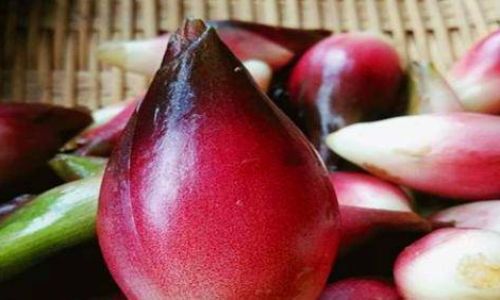
From a culinary perspective, chefs and food enthusiasts are continually exploring innovative ways to incorporate Yanghe into modern dishes. Its versatility allows it to be adapted to various cuisines, from Asian fusion to Western contemporary, making it a valuable addition to any gourmet kitchen.
Conclusion
In conclusion, Yanghe is a remarkable plant whose edible parts—rhizomes, young shoots, and flowers—offer a wealth of flavors, textures, and nutritional benefits. Whether enjoyed raw, cooked, or infused, Yanghe enhances the culinary experience while contributing to overall health and well-being. Its unique combination of beauty and utility makes it a cherished ingredient in both traditional and modern cuisines. As research continues to uncover its many potential benefits, Yanghe’s popularity is poised to grow, introducing more people to its delightful and diverse edible offerings.
For those adventurous enough to explore the culinary world of Yanghe, the journey promises not only a feast for the senses but also a deeper connection to the rich tapestry of plant-based foods that have nourished and inspired human civilizations for millennia. So, the next time you’re at a farmers’ market or exploring an exotic grocery store, keep your eyes peeled for Yanghe—a hidden gem waiting to be discovered and savored.
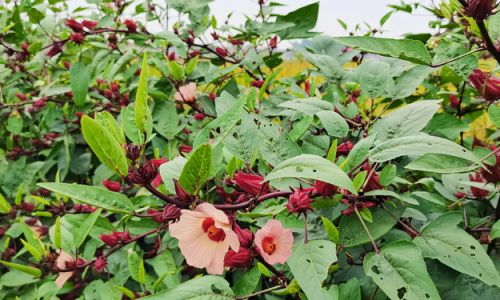
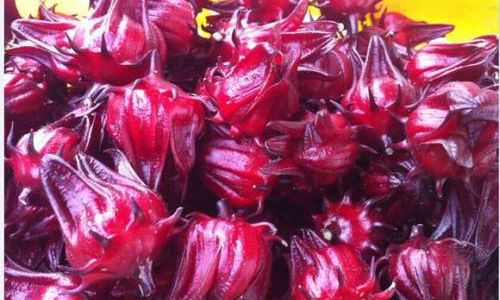

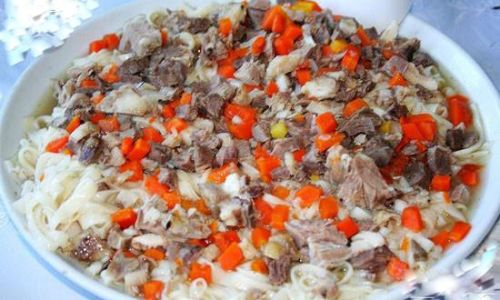

0 comments